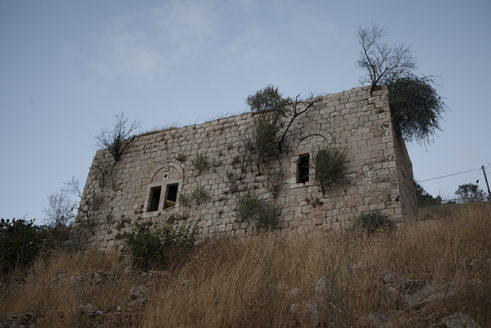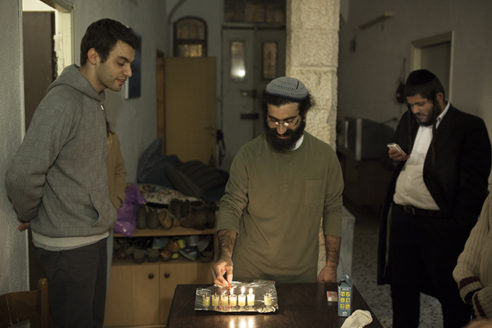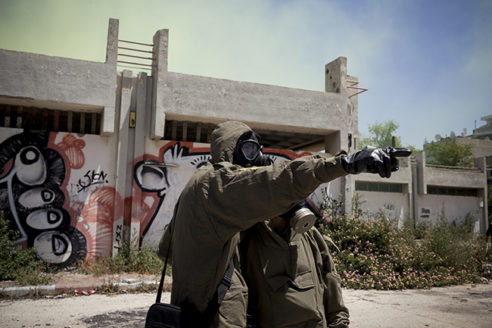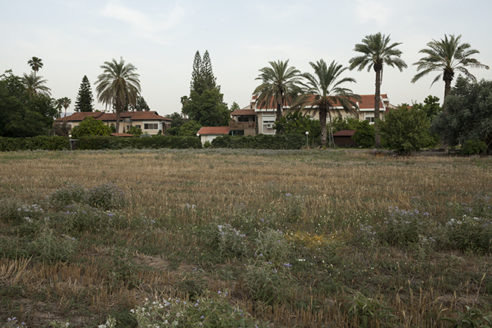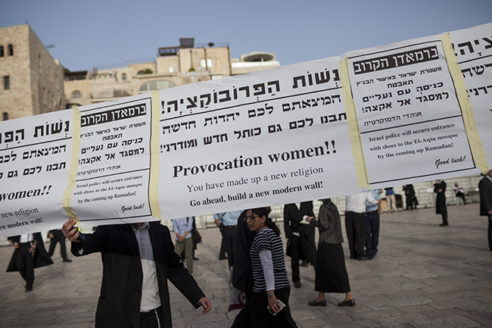-The Story of Lifta
Driving into Jerusalem from the coast, just before the gates of the city lies a ghost village: Lifta. For thousands of years, many different people inhabited these steep slopes and many armies have passed through them on their way to Jerusalem, whose old city is but a few hills away, often not with the best of intentions.
